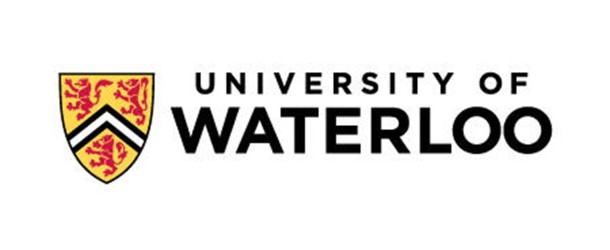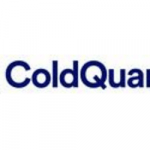Quantum sensor based on nitrogen-vacancy centres in diamond could detect SARS-CoV-2

(PhysicsWorld) Contributing editor Isabelle Dumé of PhysicsWorld discusses recent findings at the University of Waterloo that indicate a quantum sensor based on nitrogen-vacancy centres in diamond could be used to detect viruses like SARS-CoV-2, which is responsible for the current COVID-19 pandemic. Inside Quantum Technology summarizes here.
The researchers performed detailed mathematical simulations to show that the new technique would make it faster and cheaper to detect viruses with high accuracy.
Though still in the early stages of development, the Waterloo team have identified sensors based on nitrogen-vacancy (NV) centres in diamond as particularly promising.
he Waterloo team’s proposed device would be made by coating nanodiamonds containing NV– centres with cationic polymers such as polyethyleneimine (PEI), which can form reversible complexes with viral complementary DNA sequences. Magnetic molecules such as Gd3+ (gadolinium) complexes could then be incorporated into the sequence to form hybrid c-DNA-Gd pairs.
In the presence of viral RNA, these pairs will detach from the nanodiamond surface thanks to a process called c-DNA and virus RNA hybridization. The newly formed c-DNA-Gd3+/RNA compound will then freely diffuse in solution, thereby increasing the distance between the magnetic Gd and the nanodiamond. As a result of this increased distance, the NV centres will sense less magnetic “noise” and thus have a longer T1 time, which manifests itself in a larger fluorescence intensity.
By optically monitoring the change in relaxation time using a laser-based sensor, the researchers say they could identify the presence of viral RNA in a sample and even quantify the number of RNA molecules. Indeed, according to their simulations, Cappellaro, Kohandel and colleagues, who report their work in Nano Letters, say that their technique could detect as few as a few hundred strands of viral RNA and boast an FNR of less than 1%, which is much lower than RT-PCR even without the RNA amplification step. The device could also be scaled up so that it could measure many samples at once and could detect RNA viruses other than SARS-CoV-2, they add.



















